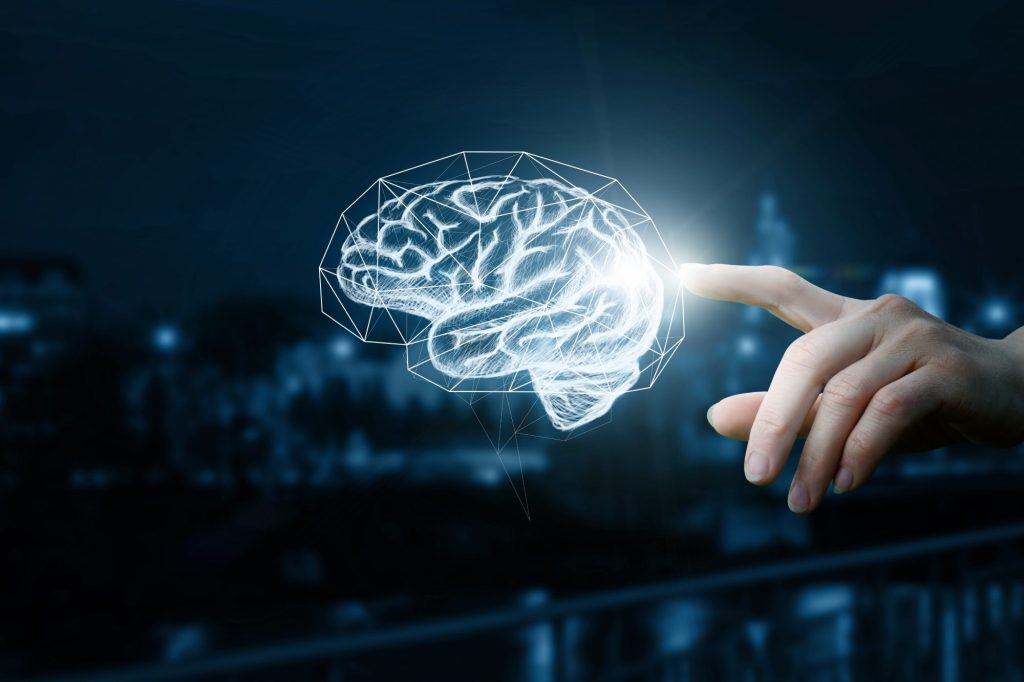Traumatic Brain Injury TBI survivors face immense challenges on their journey to recovery, navigating through a myriad of physical, cognitive, and emotional hurdles. However, amidst these challenges, a ray of hope emerges from the realm of lab innovations. Pioneering research and technological advancements are revolutionizing the way we perceive and treat TBIs, offering survivors a renewed sense of hope and empowerment. One groundbreaking innovation comes in the form of neuroprosthetics, which hold the promise of restoring lost functions and enhancing the quality of life for TBI survivors. These advanced devices interface directly with the brain, bypassing damaged neural pathways to facilitate movement, communication, and sensory perception. By bridging the gap between mind and machine, neuroprosthetics offer a glimpse into a future where disabilities resulting from TBIs may no longer be insurmountable obstacles but rather challenges to be overcome with the aid of cutting-edge technology. Moreover, the advent of virtual reality VR therapy is transforming rehabilitation for TBI survivors by providing immersive and interactive environments for cognitive and motor skills training.

VR simulations can replicate real-life scenarios, allowing patients to practice daily activities in a safe and controlled setting while stimulating neural pathways crucial for recovery. From relearning basic motor skills to honing cognitive functions such as memory and attention, VR therapy offers a versatile and engaging approach to rehabilitation that holds great promise for traumatic brain injury labs in dallas survivors seeking to regain independence and autonomy. In addition to technological innovations, advancements in neuroimaging techniques are shedding new light on the complexities of brain injury and recovery. Cutting-edge imaging modalities such as functional magnetic resonance imaging fMRI and diffusion tensor imaging DTI enable researchers to visualize and map the structural and functional changes that occur in the brain following a TBI. By gaining insights into the mechanisms underlying recovery, clinicians can tailor treatment strategies to individual patients, optimizing outcomes and fostering a personalized approach to care. Furthermore, the emergence of regenerative medicine holds great potential for repairing and regenerating damaged brain tissue in TBI survivors.
Stem cell therapies, for instance, offer a promising avenue for restoring lost neural function by replacing damaged cells and promoting neuroregeneration. Additionally, bioengineered scaffolds and growth factors hold promise for facilitating tissue repair and enhancing recovery following TBI-induced damage. While still in the experimental stages, these regenerative approaches offer a glimpse into a future where the ravages of TBI may be reversed through the power of regenerative medicine. Overall, lab innovations are paving the way for a brighter future for TBI survivors, offering hope where once there was despair and empowerment where once there was dependence. From neuroprosthetics and VR therapy to advanced neuroimaging and regenerative medicine, the landscape of TBI treatment is being transformed by cutting-edge research and technological advancements. As these innovations continue to evolve and mature, they hold the potential to revolutionize the field of TBI rehabilitation, ushering in a new era of healing and empowerment for survivors around the world.


